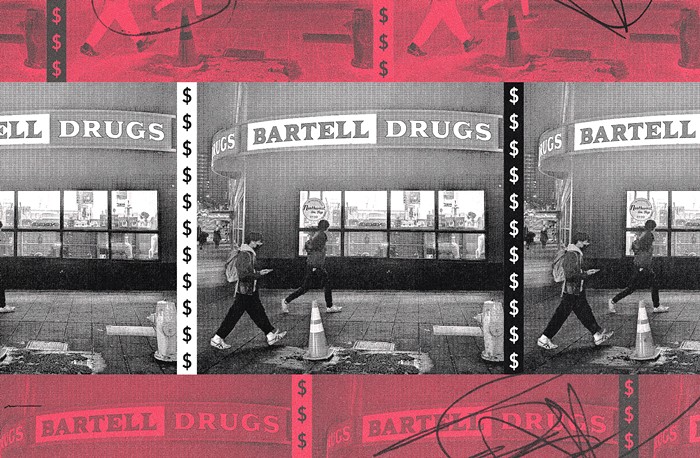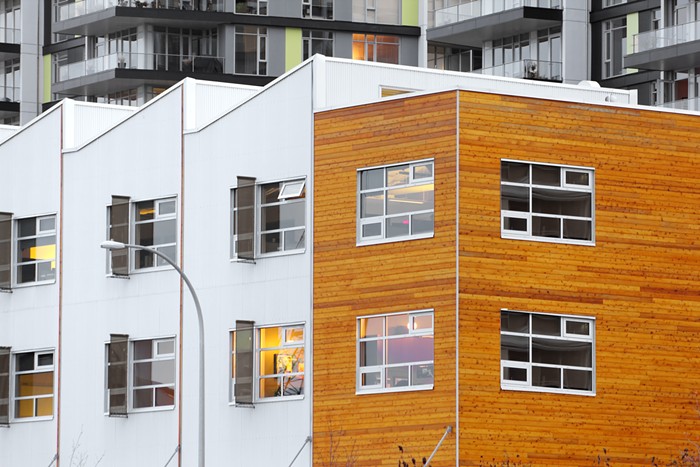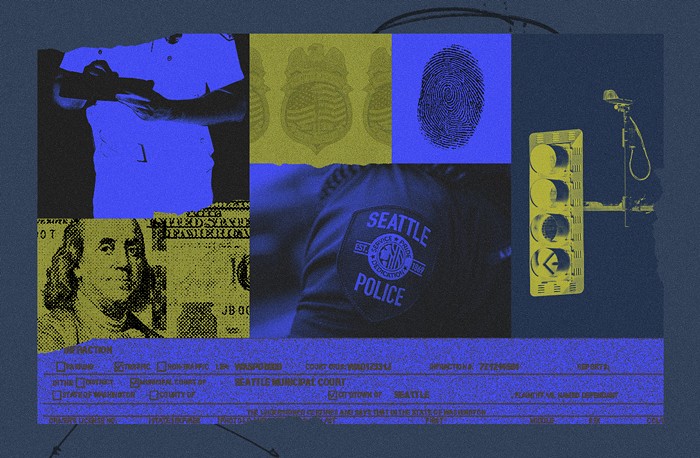"We still fully intend to build what the voters approved--a Green Line down Fifth Avenue," says Paul Bergman, spokesperson for the SPMA. "I don't think we envision two lines running side by side."
The SPMA generally supports the idea of giving the old monorail landmark status, but believes that status should cover the route, and the old Alweg trains, rather than the entire system as it now stands. "We think the route is the historic feature," Bergman says, pointing out that when old railroad tracks are given historic status and converted into public trails, "we don't require them to save the gravel and the spikes." The SPMA is committed to preserving the old train cars, which could well end up in a museum.
But architects Susan Boyle and Andy Phillips, who filed the landmark request, have argued that the old monorail's pillars are an important example of an architectural style known as "Brutalism," and thus deserve landmark protection. The Seattle Landmarks Board agreed.
If that decision stands, the SPMA would have to run its line alongside the old one, or choose another route entirely. But a spokesperson for Seattle Mayor Greg Nickels says that the landmark designation is just the first step of a multifaceted process, and she says the city remains confident that the Green Line plan will not be undercut by the decision.
"The mayor deeply supports [the monorail], voters approved it, and he's committed to make it happen," says Marianne Bichsel, public information officer for the mayor's office. She says that the next step of the landmark process will involve the board setting specific conditions regarding the old line, and the mayor's people plan to "enter discussions with the landmarks board about those conditions."
Or, if that effort fails, the Seattle City Council retains the statutory authority to override the board's decision, Bichsel says.

















